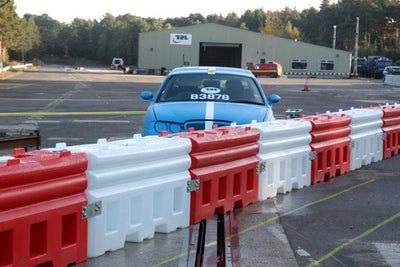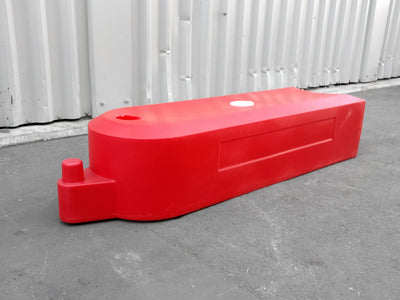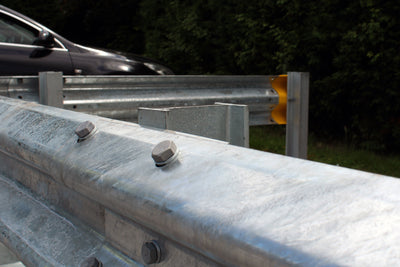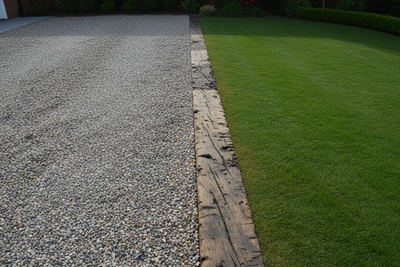Barriers - Wind Speed Resistance Figures
Setting out barriers on the side of the road is all well and good, but what is really important is ‘will they still be there when you return in the morning?’. All barriers are affected by wind, but some are affected more than others. Below you will find a table detailing which of our barriers are resistant to what wind speeds before failure.
78mph – GB2 Heavy Duty Road Barrier. This barrier was tested with two GB2 barriers interlocked in a straight line. They were placed perpendicular to the oncoming wind and did not move until wind speeds in excess of 78mph were reached. They were tested filled with water to the fill line.
71mph – RB2000 Heavy Duty Road Barrier. This barrier was tested with three RB2000 barriers interlocked in a straight line. They were placed placed perpendicular to the oncoming wind and did not move until wind speeds in excess of 71mph were reached. The barriers tested were water filled to the fill line.
60mph – Startwall Water Filled Barrier. This barrier was tested with three 1 metre Startwall barriers interlocked together in a straight line. They were placed perpendicular to the oncoming wind and did not move until wind speeds over 60mph were reached. The barriers were tested whilst filled with water to the fill line.
55mph – Evo Mesh Water Filled Barrier. This barrier was tested with three 1 metre sections attached together in a straight line. The barriers were placed perpendicular to the oncoming wind and did not fail until wind speeds over 55mph were reached. The barriers were tested filled with water to the fill line.
41mph – Strongwall Barrier (Water Filled) This barrier was tested as a single barrier placed perpendicular to the oncoming wind and did not fail until speeds of 41mph were achieved. The barriers were tested with 10 litres of water in the top section.
32mph – Strongwall Barrier (No Ballast) This barrier was tested as a single barrier placed perpendicular to the oncoming wind and did not fail until speeds of 32mph were achieved. The barriers were tested with no ballast.
20mph – Avalong Clearpath Barrier.This barrier was tested as an individual unit placed perpendicular to the oncoming wind. The barrier did not fail until speeds in excess of 20mph were achieved.
17mph – Avalon Barrier.This barrier was tested as an individual unit placed perpendicular to the oncoming wind, the barrier did not fail until wind speeds above 17mph were achieved.
The above list should give an indication of the wind speeds that our temporary barriers are capable of withstanding. If you cannot find details of the barrier you are looking to purchase in the above list then please telephone to enquire!
- Author
- Tags





